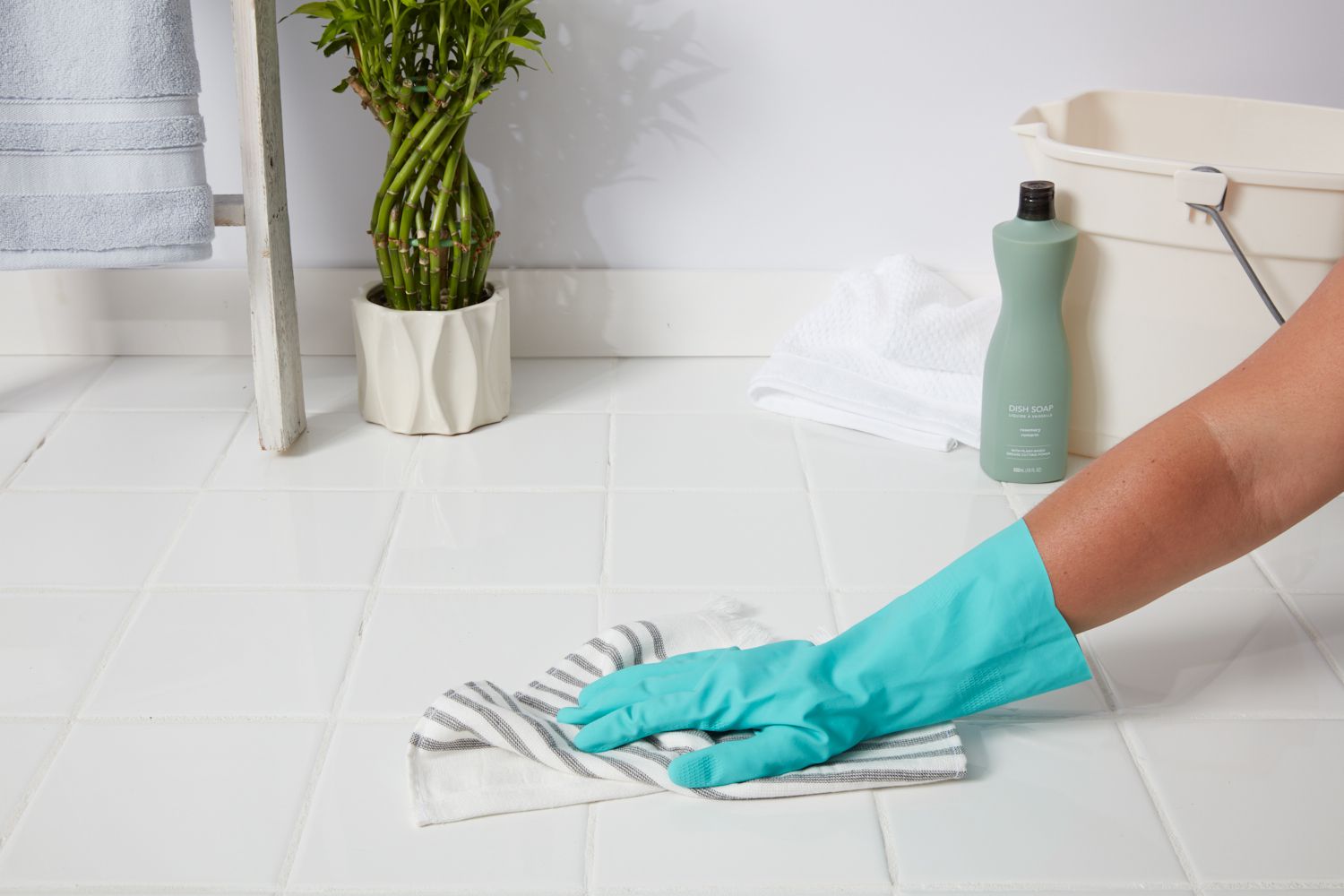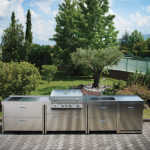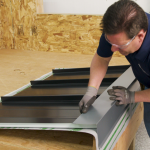What’s the Best Way to Clean and Maintain Ceramic Tiles?
Ceramic tile flooring is known for its strength, beauty, and resistance to stains and moisture, making it a favorite in kitchens, bathrooms, entryways, and even outdoor patios. But while it’s one of the most low-maintenance flooring materials available, it still requires consistent care to maintain its original appearance and durability.
Understanding the proper cleaning techniques and long-term maintenance strategies will help you preserve the look and longevity of your ceramic tiles and avoid unnecessary wear or damage over time.
1. Start with Daily and Weekly Maintenance
Daily:
- Sweep or vacuum with a soft-bristle attachment to remove dust, dirt, and sand that can scratch tile surfaces.
- Use a microfiber dry mop for a quick dust pickup in high-traffic areas.
Weekly:
- Mop the floors using warm water and a mild detergent (pH-neutral is best).
- Avoid products that contain acids, ammonia, or bleach—they can erode the tile’s finish and discolor grout.
Regular cleaning keeps debris from settling into the grout lines and prevents a dull film from forming on the surface.
2. Tackle Spills Immediately
Ceramic tiles are stain-resistant, but liquids and dirt can still leave residue if not cleaned quickly. For the best results:
- Wipe up spills immediately with a soft cloth or paper towel.
- Rinse the area with clean water if the spill contains sugar, oil, or acidic content.
- For sticky spills, a gentle soap-and-water solution is sufficient.
Prompt attention keeps your floors looking spotless and avoids staining, especially in grout joints.
3. Deep Clean Periodically
About once a month—or more frequently for high-traffic areas—schedule a deeper clean:
- Use a mop or sponge with warm water and a manufacturer-recommended tile cleaner.
- Avoid oil-based soaps, which can leave a slippery residue.
- Rinse thoroughly with clean water to remove cleaning agents.
- Dry the surface with a clean towel or microfiber cloth to prevent streaking or water spots.
Deep cleaning refreshes the tile’s sheen and removes any buildup that dulls its appearance over time.
4. Grout Care is Just as Important
Grout is often the first place to show signs of dirt, mold, or wear. To maintain grout:
- Scrub with a soft brush and a solution of baking soda and water, or use a grout-specific cleaner.
- Avoid hard-bristle brushes or steel wool that can damage the tile edges.
- Consider sealing grout lines every 1–2 years to protect against moisture and stains, especially in wet areas like showers and kitchens.
Clean grout enhances the overall look of your tiled surface and prevents premature deterioration.
5. Protect Against Scratches and Damage
Even though ceramic is highly durable, it’s not invincible. Here’s how to protect your investment:
- Use felt pads under furniture legs and avoid dragging heavy objects across the tile.
- Place mats or rugs at entry points to catch abrasive dirt and grit from shoes.
- Avoid wearing high heels or cleats on tile floors to reduce impact damage.
Prevention is key to avoiding chips and maintaining a polished surface over the years.
6. Handle Tough Stains with the Right Approach
For stubborn spots like grease, soap scum, or mineral deposits:
- Use a vinegar-water solution (1:1 ratio) for mild soap scum, but test it in a hidden area first.
- Commercial tile cleaners labeled safe for ceramic can be effective without causing damage.
- Avoid scouring powders or hard abrasives—they can permanently scratch the glaze.
Always rinse and dry the tile after using any cleaning solution to prevent residue buildup.
Conclusion
Proper cleaning and maintenance are the keys to extending the life and beauty of your ceramic tile flooring. With just a little daily attention and periodic deep cleaning, your tiles can remain pristine and inviting for decades.















